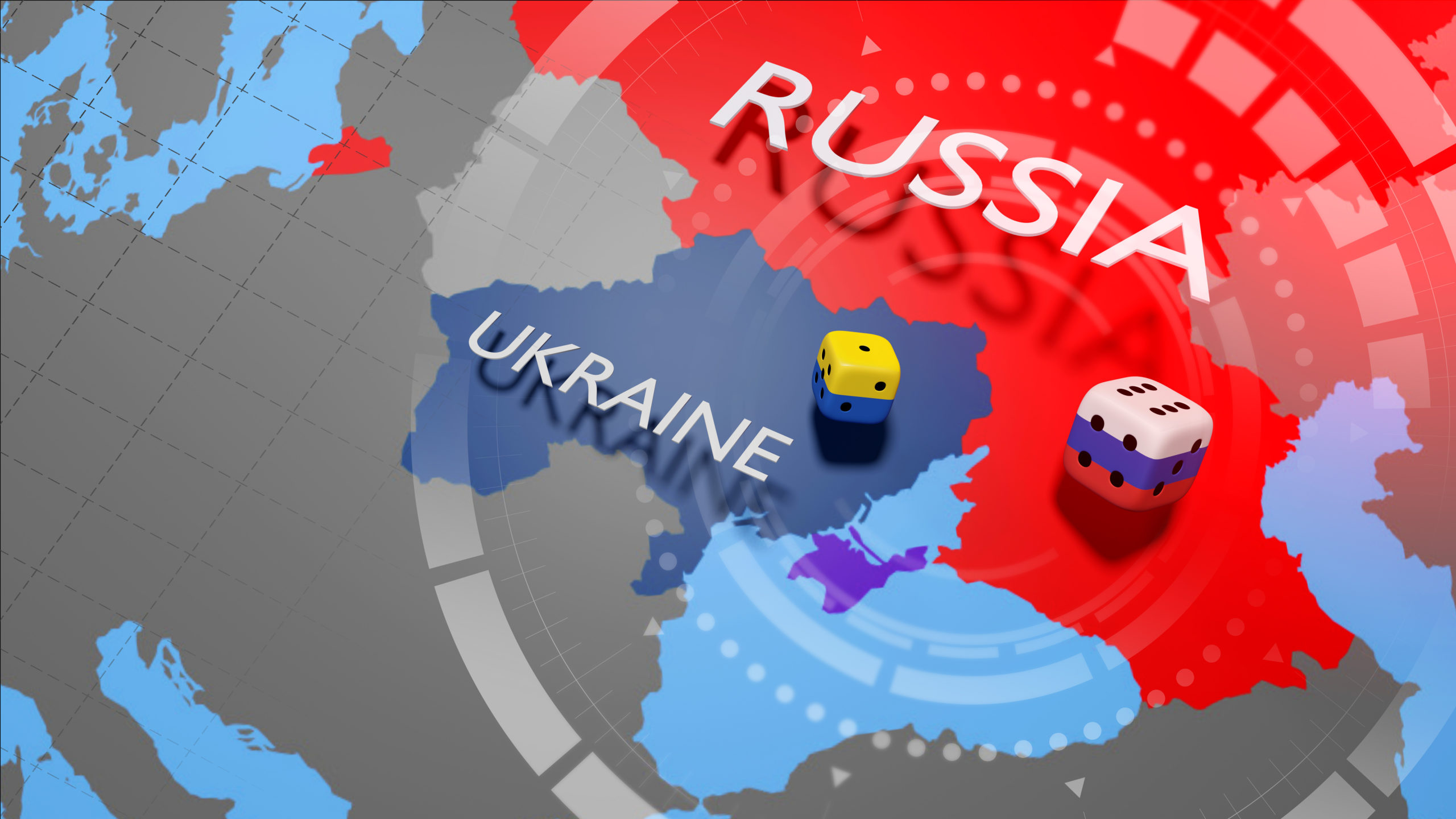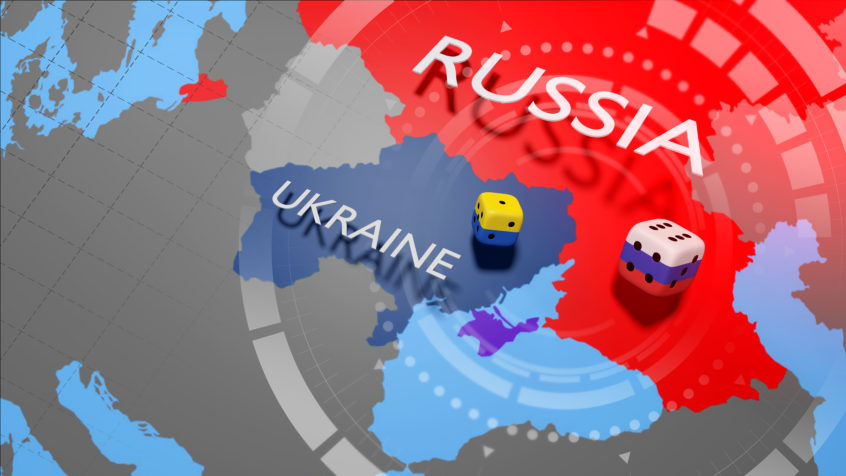
Key considerations and possible outcomes
With news of a potential Russian invasion of Ukraine ranging, the ocean shipping industry is bracing itself for the fallout. Experts suggest that any military action could lead to a significant increase in fuel prices, which has a knock-on effect on the shipping industry, a primary fuel consumer. Others foresee the chaos of tanker wild cards that negatively impact the stability and predictability of scheduling.
Meanwhile, ground-zero of this conflict between Ukraine and Russia is heating up. According to experts, Russia has amassed troops at the border between the two countries, a sign of impending conflict. Meanwhile, NATO and its allies are warning of severe consequences if Russia attempts to annex another part of Ukraine. The US has indicated that it believes the attacks could happen at any moment.(update: first attack on Ukraine was late Wednesday evening) The European Union and the United Kingdom are some of the major powers trying to de-escalate the conflict.
The possibility of rising fuel costs
Transportation routes and key sources are important determinants of fuel pricing. If there is a war, one of the key transportation routes and sources will be disrupted. This creates shortages that increase prices. The shipping industry relies on fuel as a major variable cost. A shortage in fuel and a rise in fuel prices are bound to be reflected in increased business costs. This will then be passed on to customers and consumers by increased pricing for transportation, shipping, and merchandise.
These relationships and interconnections are why the price of marine bunker fuel positively correlates with Brent crude. Maritime Strategies International acknowledges the existence of perceptions of a squeeze on oil markets that will only worsen if there is a war. History has shown that geopolitical volatility tends to push up prices.
Now that NATO allies are threatening sanctions against Russia, there is the risk of the oil price effects becoming worse. Alphatanker (BRS Tanker) estimates that prices could potentially exceed $100 per barrel. Even worse, the projections from JP Morgan go as high as $150 per barrel. Poten & Partners note Russia’s position as a major producer of oil, meaning that any squeeze on the nation will have exponential effects on the entire supply chain.
A context in which fuel costs are rising
Dry bulk and tanker spot rates are already rising and sometimes reaching historical highs. Any additional increments will only worsen the situation. Container lines are now facing instability in the supply of one of the biggest cost centers. Typically, these costs are passed to cargo shippers using the bunker adjustment factor surcharge. Thus, the crisis in Ukraine could not come at a worse time.
An all-time peak price was reported for the very low sulfur fuel oil (VLSFO) at $694.50 per barrel. This is an essential aspect of modern shipping due to environmental concerns. The oil is only 0.5% Sulfur, making it ideal for meeting international standards. Hence, it is in demand, and any increase in price is bound to create havoc. The new rate is even higher than it was at the beginning of 2020 when VLSFO were artificially inflated following the IMO 2020 fuel rule, which caused transitional increments in demand.
An industry that is changing the way it uses fuel
Before the watershed events of 2020, ships typically burned fuel that comprised 3.5% sulfur, known as high sulfur fuel oil (HSFO). Ship & Bunker historical data indicates that HSFO was as expensive as VLSFO is today, circa May 2012. Ten years have since passed, meaning that the rules and consumption patterns of these fuels have changed within the shipping industry. There is now more emphasis on environmental protection and the use of more efficient fuels. Several effects continue to impact the industry. The potential war in Ukraine might have other significant impacts.
The effects on product tanker
Although some have expressed optimism that sanctions that target Russian energy exports are unlikely, everyone is being cautious and planning for the previously unthinkable. Poten argues that Europe must start thinking about alternative crude oil sources. The transition period is likely to be challenging, although European countries will purchase enough alternatives to prevent ongoing shortfalls in the long run. Perhaps, that will provide a significant short-term boost to the tanker markets in the trans-Atlantic region.
It is hypothesized that the biggest beneficiaries will be those tankers in the medium range (MRs). These tankers command a capacity of anywhere between 25,000 and 54,999 deadweight tons (DWT). Such a capacity allows them to manage intra-basin and regional cargo. Any additional supplies may be sourced from Asia and the Middle East. These routes favor large range (LR1s), which have a capacity ranging from 55,000 to 79,999 DWT. They can also step up to LR2s with the capacity for between 80,000 and 199,999 DWT.
These estimates are not usually accepted. For example, whereas BRS agreed with the estimates concerning larger product tankers, they disagreed with the predictions concerning MRs. They argue that Russia remains a significant exporter of diesel to European destinations. However, backing out those flows would instigate a backlash from European countries that might import alternatives from the East of Suez refineries. Hence, there would be less diesel carried by MRs around Europe. Instead, there would be more LRs on the move from the East to the West.
The effects on crude tankers
According to Poten, Russia currently exports up to 6.5 million barrels of crude oil per day. Most of these exports travel through a pipeline. For example, the East Siberia Pacific Ocean pipeline serves the Chinese markets. Meanwhile, the Druzhba pipeline serves Eastern Europe, which includes Ukraine. The largest portion of Russian crude tanker cargo is loaded in the Baltic Sea (to the Northeast of Europe) and the Black Sea (in Southern Europe).
If an invasion of Ukraine were to occur or if sanctions were implemented, European refiners must rely on OPEC countries in the Middle East. OPEC is then faced with a dilemma between increasing deliveries to Europe or maintaining good relations with Russia, which is a member of OPEC. Regardless of OPEC’s decision, there will be consequences in terms of fuel supply.
Poten predicts that demand for very large crude carriers (VLCCs) that carry 2 million barrels would experience a rise in demand. At the same time, there would be a decline in demand for Suezmaxes (1 million barrels) and Aframaxes (750,000 barrels). The VLCCs would supplant smaller tankers as they carried fuel from the Middle East to Europe.
Shifts in demand and supply of sour crude
This prediction has found support from BRS. They predict that crude flows would replace sour crude as it becomes scarcer. The largest portion of Russian output, particularly from Western Siberia, is sour crude. In response, Middle Eastern producers may plug the gap by increasing their exports. Large crude tanker hire rates would increase in the Middle East when compared to the rest of the world. BRS expects an obliteration of demand for Aframax in both the Black Sea and Baltic Sea. This may lead to other ripple effects in the market.
In fact, some of the displaced tankers may not necessarily have to reposition (ballast) far. For example, some would serve Russian crude exports to Asia. Meanwhile, Russia will start thinking about alternative markets for its crude. China is likely to be an obvious choice. The implication is a rise in extended trips from the Baltic and the Black Sea. Indeed, Russia’s loading infrastructure is not geared to support VLCCs. That creates an opening for Aframaxes and Suezmaxes. This will boost ton-mile demand.
Effects on LNG shipping
Because Europe is so dependent on Russian natural gas, full-scale sanctions against Russian exports will most likely be rejected. It is estimated that between 35% and 40% of the natural gas used in Europe is of Russian origin. This includes the gas that travels through Ukraine via giant pipelines. Germany is even more dependent, with 50% of its natural gas requirements being met by Russia. In fact, the new Nord Stream 2 pipeline from Russia to Germany is not yet certified. That means that it is a powerful bargaining tool for Russia during the crisis in Ukraine.
Any military action in Ukraine would lead to rises in the spot price for liquefied natural gas (LNG) in Europe. In turn, this trend would draw more US export cargo to Europe. It has been widely reported that the US is in talks with Qatar (a significant LNG exporter) to help shift more supplies to Europe. This is a contingency plan in case Russia ultimately decides to invade Ukraine.
We have already seen similar trends in the past. For example, last December, Russia decreased pipeline flows to Europe. That led to the European sport price for LNG to overtake the Asian LNG spot price. The net effect was to attract US export cargo to Europe and away from Asia. Additionally, the average voyage distance reduced; similarly, there was less demand for LNG spot carriers. Predictably, the LNG spot shipping rates also tanked. That dynamic may be repeated in case of an invasion.
Wrapping up
During a possible Russian invasion of Ukraine and the possibility of international sanctions, the shipping industry is making projections and preparations. If Russia reduces supply, it is hypothesized that Europe will look to the Middle East while Russia will focus on its Asian markets. This will profoundly affect preferred vessels, routes, and pricing.


